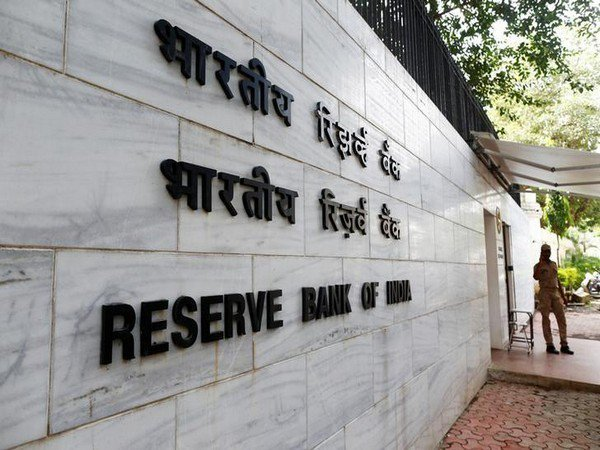Household consumption is poised to grow faster in the second quarter of the current fiscal (FY25) as headline inflation eases, with a revival of rural demand already taking hold, the Reserve Bank of India (RBI) said on Friday.
Private consumption and gross fixed investment were robust in India and net exports remained sequentially positive in their support to gross domestic product (GDP) growth in Q1 of FY25, the central bank said in its monthly bulletin.
Advertisement
“The underperformance of agriculture was compensated for by a buoyant manufacturing sector and resilient services,” said the RBI.
Consumer price index (CPI) inflation came in below the RBI’s target for the second consecutive month in August, “although in light of the recent experience, food price volatility remains a contingent risk”, it added.
The year-on-year inflation rate (3.65 per cent), based on the All India Consumer Price Index (CPI), for the month of August was the second lowest in the last five years, below the RBI’s 4 per cent inflation target.
India’s foreign exchange reserves rose to an all-time high of $689.2 billion (as of September 6), equivalent to more than 12 months of imports for 2023-24 and more than 103 per cent of total external debt outstanding in end-March 2024.
“India accumulated $66.8 billion in 2024 so far (as on September 6), the second highest among major foreign exchange reserves holding countries,” said the RBI.
The Indian rupee exhibited the least volatility among major currencies during August 2024, depreciating by 0.4 per cent (on-month) compared to the US dollar. The rupee depreciated by 1.9 per cent (on-month) in August in terms of the 40-currency real effective exchange rate (REER) on account of the depreciation of the rupee in nominal effective terms and negative relative price differentials.
According to the central bank, a flexible and robustly equipped regulatory architecture in the financial sector would be essential to stay ahead of the curve and minimise risks.
“Macroeconomic policymakers and other stakeholders must also be quick to adopt a forward-looking approach to navigate the difficult bends and turns on the road ahead. Employing sustainable business models and judiciously harnessing the full potential of technological advances will be the cornerstones of this approach,” the RBI bulletin noted.











